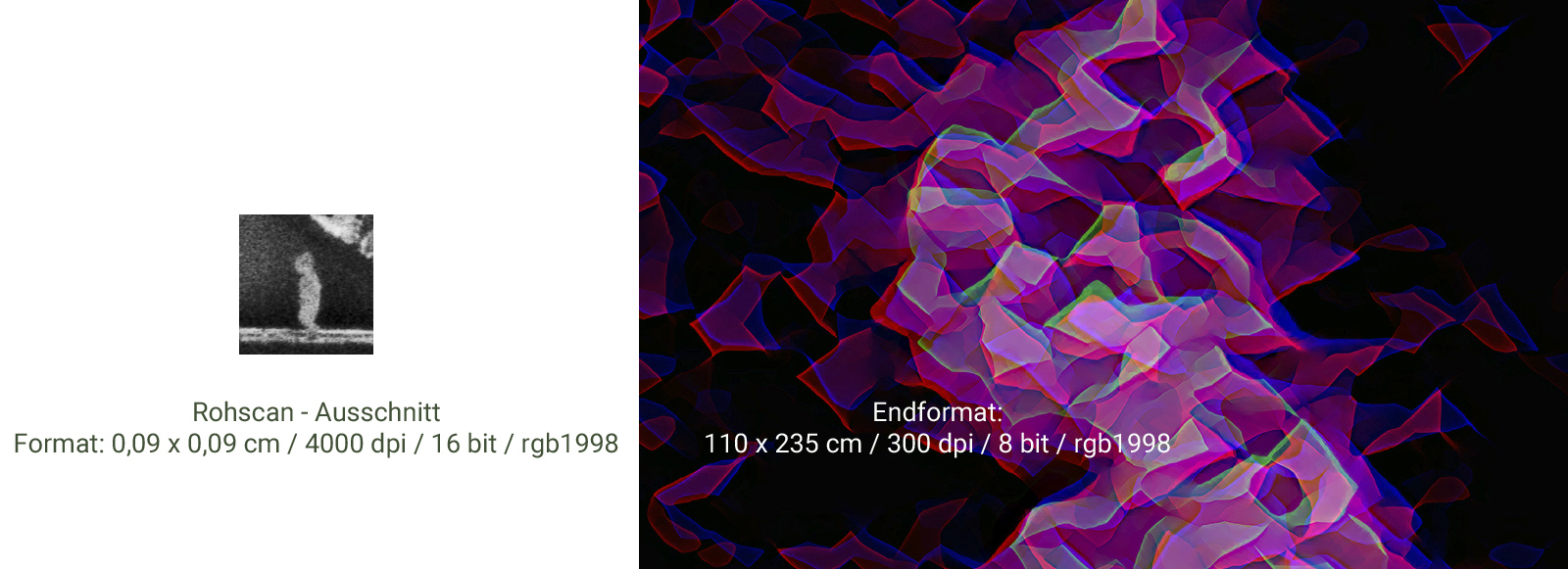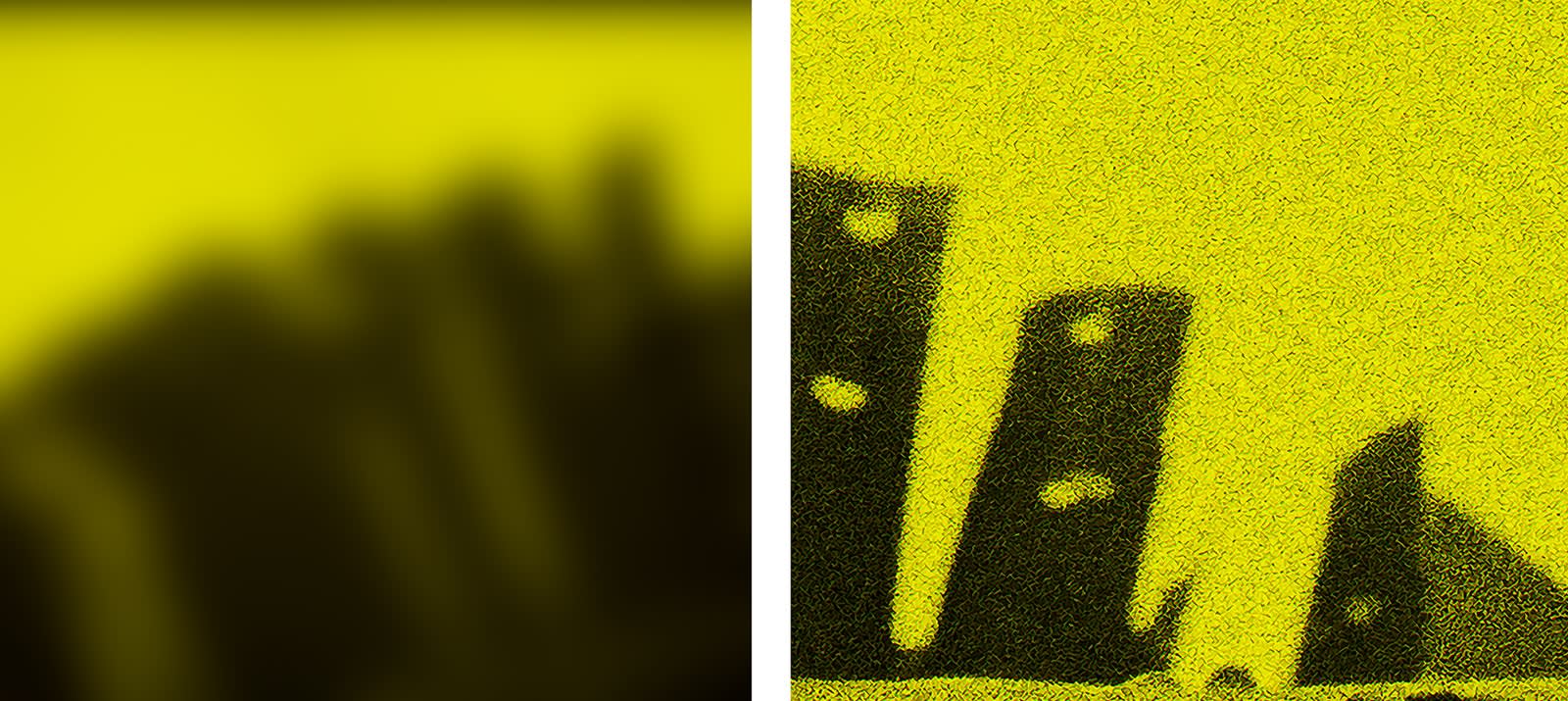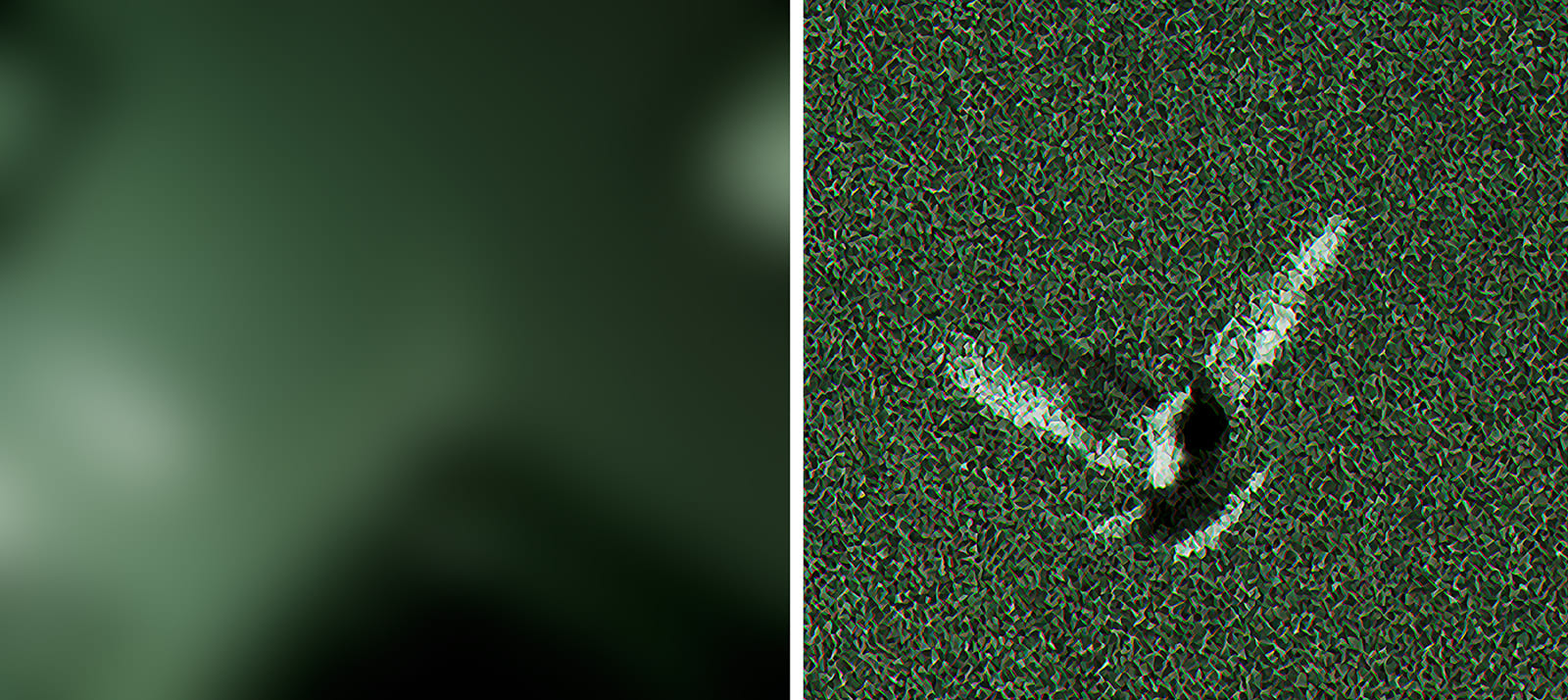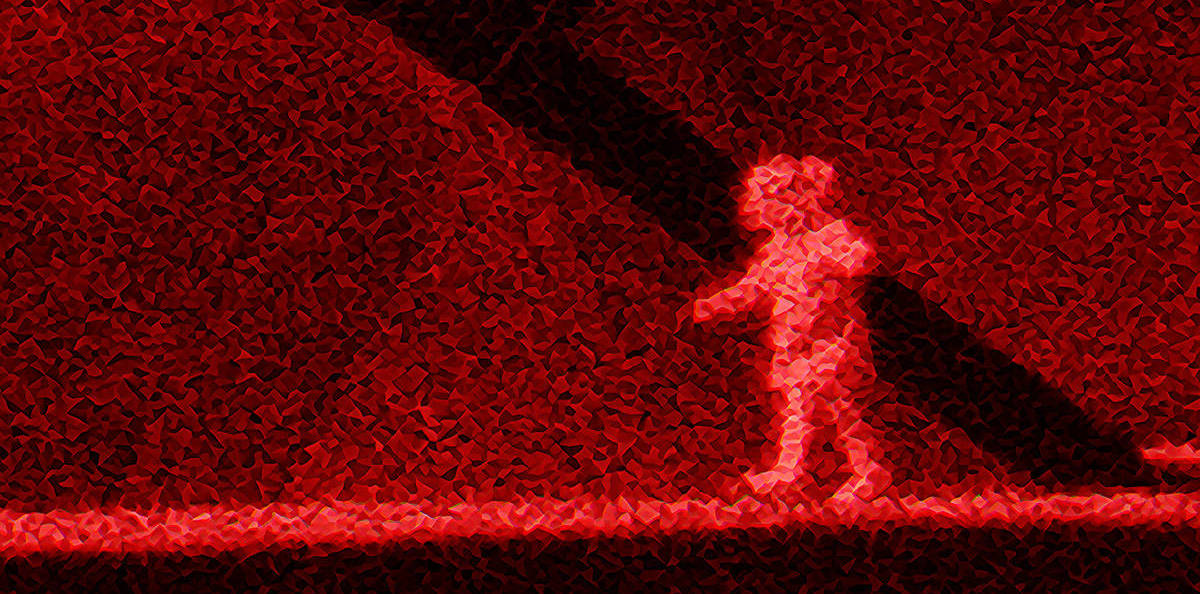
The time we count so meticulously takes on an exclusive meaning in my picture. In my opinion, time is a kind of synchronizing lubricant on which reality slips away. If the lubricant of time did not exist, reality would become distorted, with unforeseeable consequences in the universe we know. Perhaps ‘black holes’ are such distortions of space.
My black-and-white photographs are therefore primarily concerned with grain, its symbolism, which I associate with the form of a universal materiality from which diversified states are created, and not with the mundane image that appears on them.
The image merely reports on the place to which photography led me in my physical and spiritual presence in our reality.
In her essay on photography, Susan Sontag writes that photography depicts a world that is coming to an end, that there is no salvation for this world. And she writes of the death of the moment that is photographed.
From my point of view, however, photography participates in a process of reality that carries our gaze into the future like a Formula 1 racing car speeding by. I search for an inkling of what the coming, perfecting reality might look like. In my black-and-white photographs, I seek to make visible a fleeting premonition of the future.
Our ideas and emotions alone steer this process towards good or less good, towards life or death, and towards success or failure. In my reflections, I contrast this process in two metaphors. It is ‘the romantic spectacle of the pyromaniac fireworks of failure’ that contrasts with ‘the modesty of fulfilment.’








